In the past three months our family has visited Boston, NYC, Philidelphia, Washington DC, and Williamsburg. As American history goes, those cities certainly are the heavy hitters. But, with all that concentrated historical travel, there was one single place that housed volumes of American history in a concise, yet quirky little package-The Paper House of Rockport, MA.
Paper was an important staple in Mr. Elis Stemnan’s life. He wrote his name in the annals of paper history when he created the machine that crafted paperclips. While he was certainly proud of this utilitarian accomplishment, perhaps he wanted to make his lasting mark with a little more creative oomph.
The Paper House began as a typical summer home in 1922 with wooden supports and structures, but instead of continuing in the standard way, Mr. Stemnan got a wild idea to line the walls with rolls of newspaper. In the 1920’s newspapers were cheap and abundant and Mr. Stemnan was curious as to whether paper would make a usable insulation. Using a handmade concoction of water, flour, and apple peels, the interior of the house was lined with over 10,000 sheets of newspaper. Most likely, Mr. Stemnan intended to cover the exterior of the house with something more typical, but the paper worked well enough that it just wasn’t necessary.
With the walls of the house completed, Mr. Stemnan turned his sights on the interior and that’s when his flair for newspaper sculpting really took off. With the exception of the upright piano and brick fireplace, which are just covered in rolls of paper, all the interior furnishings and décor are completely constructed of paper. If paper made of furniture wasn’t interesting enough, each piece of furniture is also time capsule of first half of the 20th century.
The Grandfather clock contains a newspaper from the capital of each of the 48 states that were members of the Union in the 1930s. The desk is lined with headlines chronicling the accomplishments of Charles Lindbergh. The more you study the carefully stacked rolls, the more history of the times of Mr. Stemnan (and the world) you can relive.
As another relic of the past, there are no attendants or ticket takers at the Paper House. Tours are self guided and paid on the honor system by slipping your money into an envelope in the mailbox next door. The caretakers simply ask that you close the door behind you and turn out the lights as you leave.
Layers of varnish intended to render the house waterproof have allowed the paper creations to withstand the test of time, but obscured some of the historical treasures hidden underneath. As time has marched on, the varnish has worn away, allowing visitors to look closely and get a glimpse of the past. Want ads from the 1920s can be seen in one corner, while news of Herbert Hoover’s presidential campaign can be seen in another. Recipes, news snippets, and headlines almost a century old are gradually being unearthed by weathering, revealing a paper time capsule that gives away it’s past in random bits and pieces. It is a constantly changing glimpse of the past that will reveal more with each passing year.
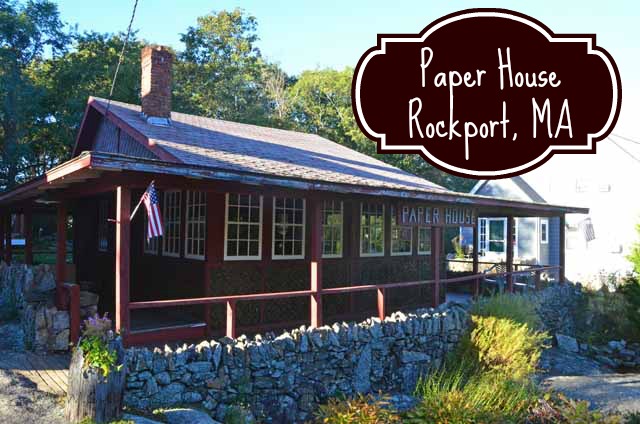
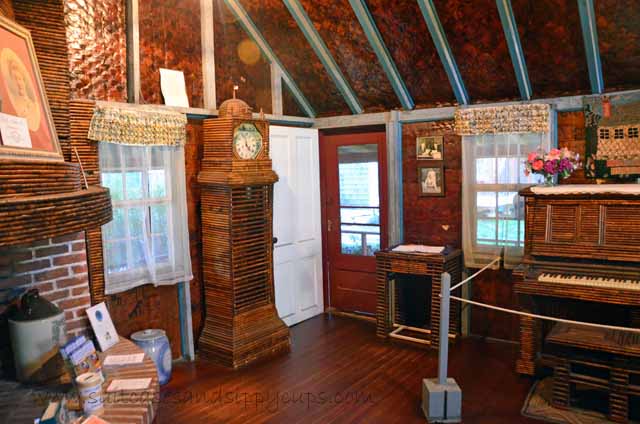
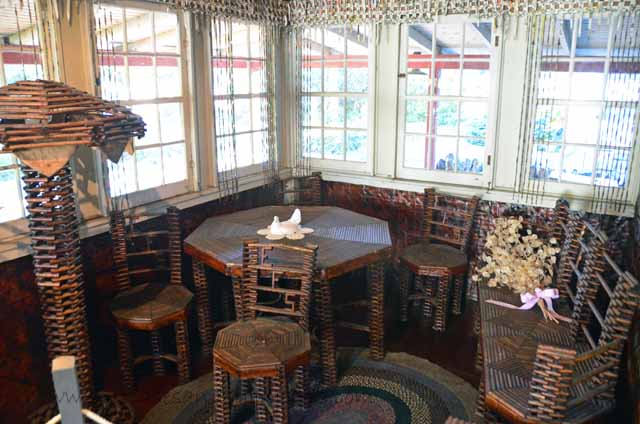
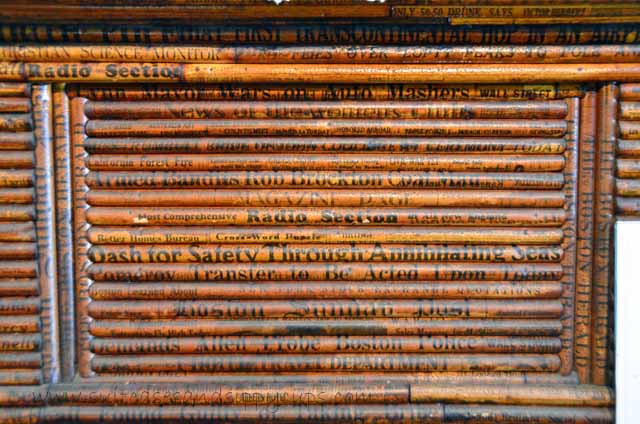
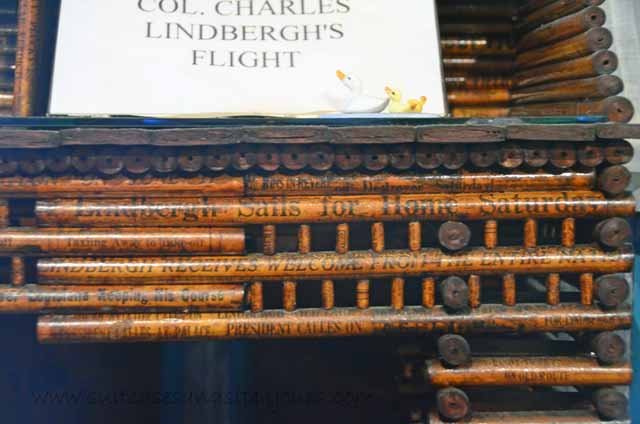
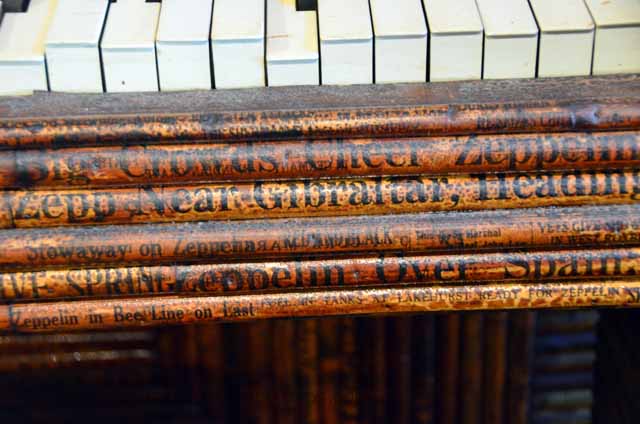
Another awesome find for you guys! How cool to see 10,000 sheets of newspaper in person. I've never heard of newspaper sculpting but he was amazing at it. Definitely adding this when we make it back East.
How unique and interesting. A brilliant idea to make the furniture time capsules.
Super interesting and definitely quirky. Mr. Stemnan was a unique individual, it seems.
This website spells his name wrong. It is Stenman, not stemnan.